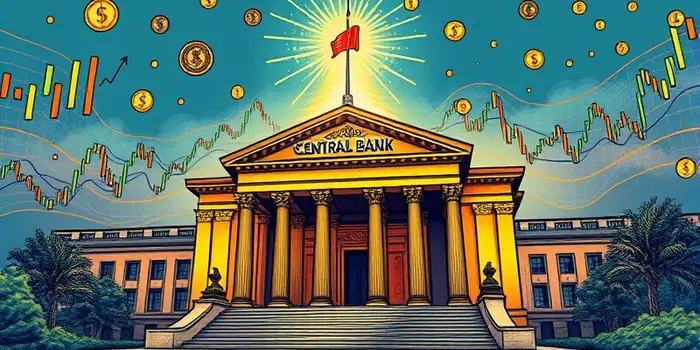
In times of tranquility and turmoil alike, central banks wield tools that shape economies, guard against shocks, and instill confidence across markets.
Understanding their evolving mandate and operational playbook is essential for policymakers, investors, and the public alike.
Central banking began as a mechanism to provide government funding and maintain currency. Over centuries, the role has expanded dramatically.
With the rise of systemic risk—the idea that trouble at one bank could cascade—central banks assumed the unique function of stabilizing agents during financial crises. Their authority to issue a national currency on a large scale and ensure continuous liquidity laid the foundation for modern economic stability.
Over decades, institutions like the Bank of England and the U.S. Federal Reserve refined their frameworks, adopting inflation targeting and expanding supervisory mandates to curtail systemic risk before it threatened broader markets.
At the heart of central banking is the responsibility to maintain a robust financial ecosystem. Three pillars underpin this duty:
These functions converge to form a safety net that supports both daily operations and extraordinary interventions.
Payments oversight, for example, underpins modern retail and wholesale systems, ensuring that billions of transactions—from consumer purchases to interbank transfers—settle without delay or disruption.
To steer economies towards stable growth and controlled inflation, central banks deploy an array of instruments. Each tool carries distinct mechanisms and impacts:
For example, between February 2022 and June 2023, the Federal Reserve raised its key rate from 0.08% to 5.08%, demonstrating how agile and decisive rate hikes can tackle rising inflation swiftly.
Beyond conventional methods, some central banks pioneered yield curve targeting—explicitly capping long-term rates—and credit easing, by buying corporate bonds to support key sectors even when government securities dominated previous programs.
Global crises—such as the 2008 financial meltdown and the COVID-19 pandemic—have tested the limits of traditional policy tools.
Central banks responded with a mix of:
These actions not only mitigated immediate threats but also informed the creation of new monetary policy frameworks that enrich the policymaker’s toolkit.
For instance, during the 2008 crisis, the Federal Reserve’s Term Auction Facility injected over $400 billion into primary dealers, stabilizing interbank lending. Similarly, the European Central Bank’s Pandemic Emergency Purchase Programme mobilized over €1.8 trillion to protect market functioning in 2020.
Post-crisis, regulators introduced stress tests and capital requirements under frameworks like Basel III to reinforce the banking sector, often coordinated by central banks to identify and address vulnerabilities preemptively.
Looking ahead, central banks face a shifting landscape that demands both vigilance and innovation.
In addition to conventional shocks, central banks must contend with digital transformation in finance—from cryptocurrencies to fintech platforms—and the rising importance of sustainability and climate-related risks in credit markets. These emerging factors layer complexity onto already volatile conditions.
Key challenges include:
1) Heightened Market Volatility Challenges: Rapid shocks require equally rapid and sometimes reversible policy moves to maintain equilibrium.
2) International Policy Spillover Effects: Unconventional measures by major economies can unsettle small open economies, complicating global coordination.
3) Inflation-Deflation Balancing Responsibilities Frameworks: Achieving price stability while fostering growth in varying inflation regimes tests the adaptability of standard and nonstandard tools.
History teaches us that credibility and clarity are at the core of effective central banking.
By upholding these principles, central banks can navigate uncharted territory with confidence and purpose.
As economies become increasingly interconnected, the role of central banks transcends national borders. Their ability to adapt, communicate, and intervene will determine not only domestic stability but also global financial harmony. Embracing innovation while preserving core mandates, these institutions stand ready to guide markets through calm and storm alike.
References













